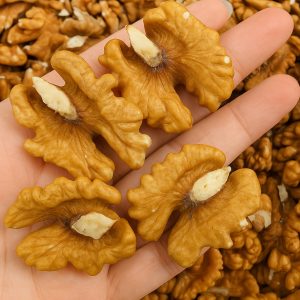
A wrist ganglion, also known as a synovial cyst, is a fluid-filled lump that commonly appears on the back or front of the wrist. While it is a benign condition, it can sometimes cause discomfort or interfere with joint movement.
Why Does a Wrist Ganglion Form?
A wrist ganglion develops when synovial fluid, which lubricates joints and tendons, leaks from the joint capsule and accumulates in a sac-like structure. Although the exact cause is not always clear, several factors may contribute to its formation:
- Repetitive wrist movements: Frequent use of the wrist in activities such as typing, writing, or sports can put strain on the joint.
- Previous wrist injuries: Trauma, such as a sprain, may increase the likelihood of developing a ganglion cyst.
- Osteoarthritis: Degenerative joint changes, especially in older adults, may be associated with the appearance of ganglion cysts.
- Genetic predisposition: Some individuals may be more prone to developing these cysts due to hereditary factors.
Symptoms of a Wrist Ganglion

Ganglion cysts can vary in size and may change over time. Common symptoms include:
- A visible, soft, or firm lump on the wrist.
- Pain or discomfort, especially when moving the wrist.
- A sensation of pressure or numbness if the cyst compresses a nerve.
Treatment Options for Wrist Ganglions

The treatment approach depends on the size of the cyst, the severity of symptoms, and whether it affects wrist function.
1. Observation
If the ganglion is painless and does not interfere with movement, doctors may recommend monitoring it, as some cysts resolve on their own.
2. Immobilization
Wearing a wrist brace or splint can reduce joint movement and pressure, which may help shrink the cyst over time. However, prolonged immobilization is generally not advised.
3. Aspiration (Draining the Fluid)
A doctor may use a needle to remove the fluid from the cyst, but this procedure has a high recurrence rate since it does not remove the cyst’s outer capsule.
4. Surgery
If the ganglion cyst is painful, limits wrist movement, or keeps returning after aspiration, surgical removal may be recommended. While surgery reduces the chance of recurrence, there is still a small possibility that the cyst may return.
Conclusion

A wrist ganglion is a harmless condition, but it can cause discomfort or affect mobility. Many cases do not require treatment and may disappear on their own. However, for those experiencing persistent pain or functional limitations, options like aspiration or surgery are available. Consulting a healthcare professional is the best way to determine the most appropriate course of action.




